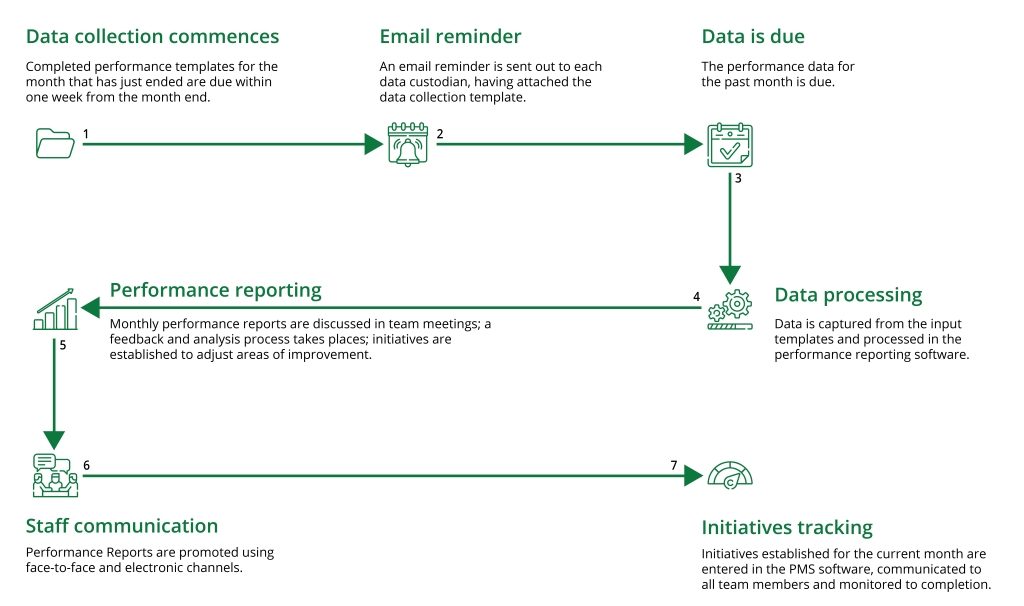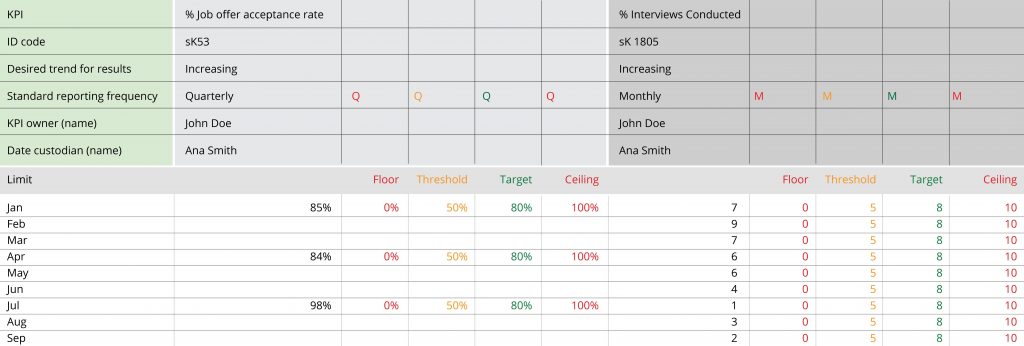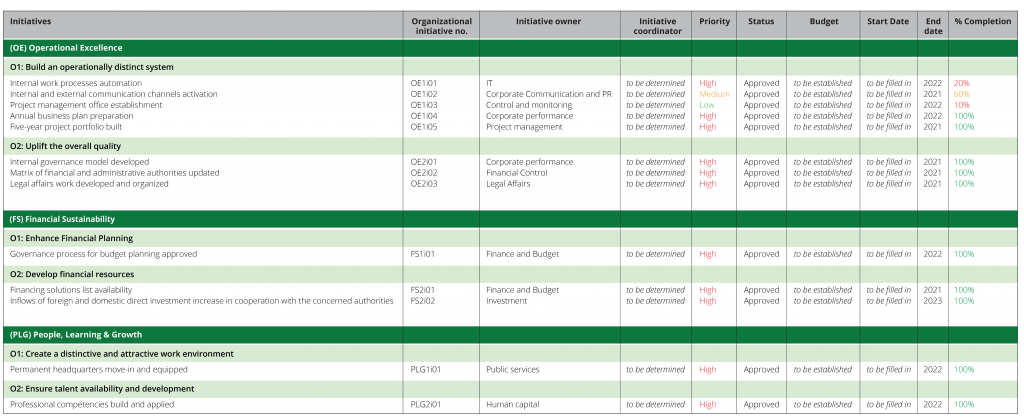Using the Right Tools to Streamline the Performance Management Process

Image Source: Freepik
Performance management is an overarching discipline focused on achieving desired performance results. To approach it effectively, organizations should develop the necessary tools and processes to track progress, identify areas for improvement, promote alignment and accountability among stakeholders, and support continuous learning.
The performance management process focuses on data collection and analysis, reporting, review, and recalibration. This process helps organizations identify performance gaps, support informed decision-making, and enhance performance results. Figure 1 illustrates the performance management process, highlighting its key stages and the flow of activities that drive ongoing improvement.

Figure 1. Performance Management Process | Source: Certified Performance Management Professional
Organizations can utilize a range of tools to support the process. Each tool is structured to serve a specific purpose, with clearly defined features that support its functionality as follows.
Data Collection
Two tools can be used to ensure the accuracy of data collection: an automated reminder system and a data collection template. The reminder system is a tool designed to send notifications at predetermined times. It helps data custodians stay on track with their reporting responsibilities, minimizing the risk of missed deadlines. These reminders can be delivered through various channels, such as emails, text messages, or app notifications.
Meanwhile, the data collection template helps custodians record information in a standardized format, minimizing errors. It should include sections for the key details of each KPI, including name, reporting frequency, responsible parties, targets, and results.

Figure 2. Data Collection Template | Source: Certified KPI Professional and Practitioner
Read More >> Transforming Performance Reporting Through the Power of AI
Performance Reporting
Moving along the process, the collected data must be processed to help organizations identify performance issues, understand root causes, and even predict future outcomes. Nowadays, there is a wide range of off-the-shelf performance reporting software available to streamline the analysis process. Once the analysis is complete, organizations can communicate the results using performance reports or performance dashboards.
Performance reports are comprehensive documents that provide a detailed presentation of the organization’s activities and results over a specific reporting period. The format of these reports can vary depending on their intended purpose. For example, annual reports are typically text-heavy, but many companies incorporate graphics and images to create visually engaging documents. Hays’ annual report is an example that demonstrates how the use of visuals can enhance performance reporting. By integrating charts and images, the report improves readability, allowing readers to quickly grasp complex information.
Dashboards offer a visual representation of performance data. Their interactive and visual nature allows for quick interpretation of KPIs results and trends. Many performance reporting software include features for creating dashboards, making it easier to monitor and respond to performance in real-time.
Performance Review
With the analysis prepared, performance is then reported and discussed at various organizational levels during performance review meetings. These meetings may take different forms, such as monthly reviews to address operational issues at the departmental level or annual meetings focused on long-term strategic matters among top management and the board. Regardless of the format, performance meetings are an important tool in the performance management process as they enable effective decision-making by leveraging the collective knowledge and experience of the team.
To ensure that all important aspects are addressed during performance review meetings, their focus should be clearly established through agendas. An agenda can be structured around key points such as presenting performance results, discussing high-priority issues (e.g. KPIs below performance thresholds), analyzing potential causes and correlations, and identifying and assigning corrective actions for low-performance areas.
Recalibration
The corrective actions identified during meetings can be tracked using a portfolio of initiatives. This is a collection of actions and projects aimed at closing performance gaps and achieving the desired state. This tool enables organizations to monitor the progress of each initiative, establish accountability, monitor resource allocation, and support the prioritization of initiatives.
A portfolio of initiatives typically includes: the objective it addresses, the required resources for implementation (financial, time, and human resources), progress status, and priority levels.
Figure 3. Portfolio of initiatives | Source: Certified Performance Management Professional
Conclusion
There is a broad range of tools available on the market to support performance management; and given their ease of access, it would be unwise for organizations not to take full advantage of them. By implementing solutions and customizing them to meet the organization’s specific needs, organizations can ensure that the outcomes of the performance management process are insightful and actionable. This approach fosters a data-driven decision-making culture, empowers stakeholders to take informed actions, and ultimately helps the organization achieve its strategic goals and drive sustainable growth.
